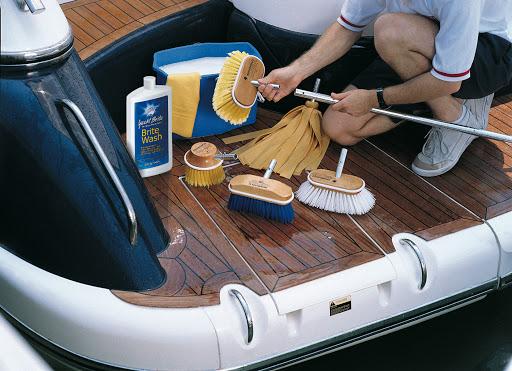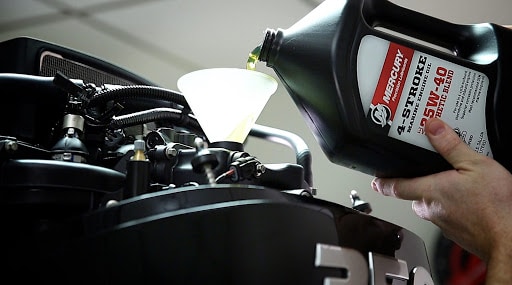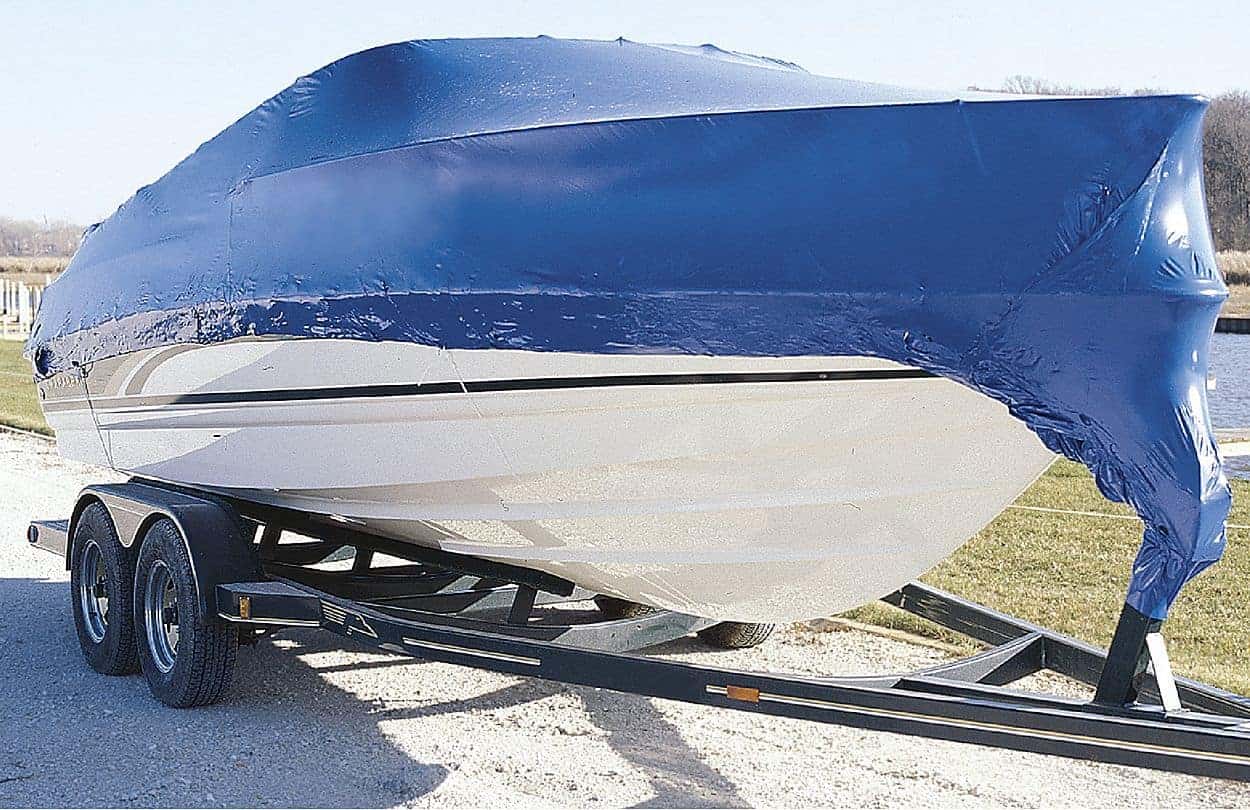For most boaters, October means the boating season’s end is near. After a long period of summer boating fun, it’s that time of the year to store away your boat for the colder months ahead. Unlike your car, your boat has far more exposed parts that can rust over the winter, affecting performance and costing thousands of dollars to repair.
The rough winter weather can additionally worsen these effects and provide further boat damage. So, after using it in the summertime, it’s of the highest importance to take proper care of your vessel first and store it for good until the next boating season arrives. Once you read through this article and take all the necessary steps to prepare your boat for the wintertime, you should pick a secure site to store your boat and protect your investment.
And while everyone else talks about the summer adventures across the country, the summer residents of Maine know that the talk there is all about the open water! If you happen to spend your summers and enjoy your boating adventures at the so-called Vacationland, the state filled with pristine lakes, rivers, and 3,478 miles of coastline, make sure to leave your boat at a trustworthy boat storage Maine-based site. This way, your boat will be under a 24/7 camera surveillance system to ensure maximum security for your valued possession during the winter.
As many of you will be storing your boats for good this month, we’ve compiled a thorough step-by-step guide on getting your boat ready for storage and make sure your boat is adequately winterized and prepared for next season.
Step 1: Thoroughly Clean And Empty Your Boat
According to Boat Outfitters, once you’ve lifted your vessel out of the water for good, it’s best to thoroughly clean it before you bring it in for winter storage. As your boat goes through a lot during the hot summer days, once it’s out of the water, it’s the perfect time to give the hull of your vessel a good scrub down to remove all the dirt and algae that builds up while it’s docked during the summer.
Inspect under the seat cushions for forgotten towels, clothing items, or swimsuits. Take the life preserver jackets and store them in your garage during the winter so they wouldn’t build up any moisture until the new boating season arrives. If your boat has an under cabin space, go through all the cabinets, beds, drawers, and bathroom cabinets and empty anything that may freeze or go wrong during winter months.
Don’t get lazy; put the boat ladder into a function to check the higher cabinets for food and beverage leftovers. You certainly don’t want to come back next summer only to find a moldy bag of Cheetos or, even worse, a nest of mice because they found a nice and comfy spot with free food to spend the winter.

Step 2: Winterize The Boat Engine
Winterizing the boat engine is one of the essential procedures when preparing your boat for winter storage. Without proper care of the machine, you risk freezing or rust during winter storage.
And whether you have an inboard or outboard engine, winterizing is more than just adding some fuel stabilizer and draining the engine. Engine winterizing is an intricate and very important process, and if it’s done correctly, you will find your boat in top shape when spring arrives. Check the storage sections of your owner’s manual, and follow our steps to prepare your engine to survive the winter.
Fuel Treatment
First of all, add some fuel stabilizer to your boat’s fuel, and afterward, run the engine for fifteen minutes to ensure that it circulates throughout the engine. If you skip this step, the fuel injectors and carburetors can be clogged with varnish deposits and ruin your fuel systems.
Carefully Drain The Engine
Start the process by removing the water pump hose from the bottom of the water pump and let the engine dry completely. If you don’t let the machine dry before storing it, the cooling chambers’ water can ice, expand, and damage the engine block.
Fog The Engine Cylinders
If you forget to fog the engine cylinders, you risk the chance of corrosion forming inside all parts of the engine and truly damaging your vessel’s heart. Before you place your boat on a storage site, always fog the engine’s inside and protect it until the boat is taken out of storage.
Oil Change
Since moisture can cause excessive wear, leading to further engine damage and failure, always change the oil and eliminate the chances of moisture, preventing engine corrosion.

Remove The Battery
At the end of the season, if you plan on storing your boat on land always remove the battery and keep it at a dry and warm place until the vessel is ready to be taken out of storage. If the battery is not removed before you store your boat, it can rust over the winter.
Step 3: Closely Inspect Your Boat
Once you’ve adequately winterized the boat engine, now is the best time to give your boat a close and thorough inspection to make notes of damage, cracks, or some minor fixes you may want to do during the offseason.
Carefully examine your boat’s underside for dents and scrapes because if you used your boat a lot during the summertime, you might sometimes find something you won’t even remember hitting. Inspect the side walls to ensure no significant gaps or questionable spots need to be fixed.
In other words, check your boat’s overall condition and clear it of any liability if you detect damage to it after a winter of storage.
Step 4: Time For Storing
As the boat has to be fully protected against the harsh winter weather, no matter what, we recommend you use a protective cover that is breathable so moisture won’t get trapped inside. Afterward, shrink-wrap it to protect it from the snowy weather, and now your boat is ready for storage.

Speaking of storage places, you can either store it in your home if you have a vast empty garage or place your boat at a professional boat storage facility that will take care of the boat for you until it’s time to put it back in the water.
Final Thoughts
Well, there you go. Give your boat a deep clean, empty it, winterize the engine, inspect for further damage, perform a solid maintenance check, store it appropriately, and help your boat last longer. Once the spring sun rises, give your beauty a nice wash, tank it with fuel, and enjoy another successful boating season.

